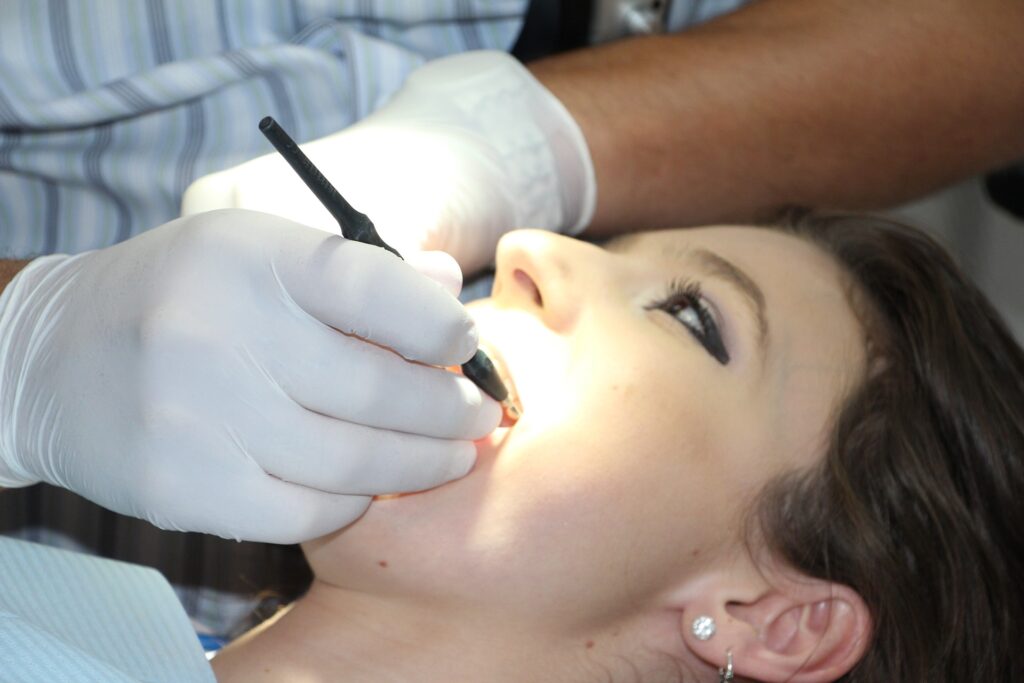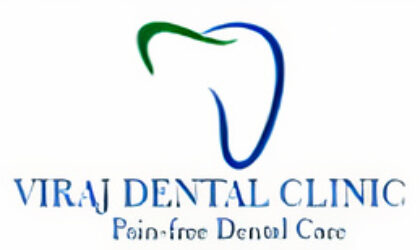Tooth Polishing and Scaling
Why You Should Have Your Teeth Polished?
A lovely smile with white, well-aligned teeth can do wonders for your personality. Cosmetic dentistry can help you achieve that beautiful smile with polished white teeth. Learn everything there is to know about teeth polishing. Including why and how it can be extremely beneficial to you and your oral health.

What are the advantages of teeth polishing?
The benefits of tooth polishing are somewhat debatable in the dental community. A clinical review of multiple studies published in 2018 concluded that regular tooth polishing does not prevent gum disease.
Those who had their teeth polished and scaled had remarkably less plaque buildup on their teeth.
Having less plaque on your teeth may help to preserve your enamel, which is impossible to completely restore once it’s eroded or decayed. Tooth polishing also removes bacteria from the surface of your teeth Trusted Source.
What is the cost of teeth polishing?
If you have dental insurance, you should be able to get tooth polishing as part of your routine dental exam and cleaning. As a result, tooth polishing may be provided at no cost to you as a preventive care service.
Tooth polishing can be costly if you do not have dental insurance.
The cost of a dental exam and tooth cleaning without insurance varies greatly and is determined by the dentist you choose as well as the cost of living in your area.
According to anecdotal evidence, a dental exam and cleaning without insurance costs between $150 and $300 in most places.
What exactly are a scale and polish?
Gum disease is frequently caused by a buildup of plaque bacteria; the best way to remove this is to brush your teeth twice daily. However, no matter how well you clean your teeth, there will always be difficult-to-clean areas. Plaque bacteria can accumulate in these areas and eventually mineralize to form a tough, crusty deposit known as calculus or tartar, which is impossible to remove with brushing alone. If plaque is not removed, it can accumulate around the tooth and potentially under the gum line, leading to the progression of gum disease.
Your dentist may recommend certain treatments to help reduce the risk of gum disease or prevent it from worsening.
The Purposes of Tooth Polishing
Previously, tooth polishing was performed as part of routine dental prophylaxis. However, it was soon discovered that overuse of this technique erodes the outermost covering of the tooth structure. Because of the loss of the outer structure, teeth are more vulnerable to stains and plaque accumulation. Furthermore, repeated use of this procedure removes the protective fluoride layer that surrounds the teeth. aa
Dentists no longer recommend tooth polishing as a routine dental procedure, and a careful case selection is performed before this procedure.
Procedures for Polishing Teeth
Tooth polishing is a non-invasive dental procedure that some patients enjoy. A small, soft rubber cup and polishing paste are typically used by the dental hygienist. If you have severe stains, your dentist may use an air-polishing system, which consists of a jet of pressurized air and water mixed with an abrasive agent. Another option is therapeutic polishing, which aids in the removal of bacteria from exposed tooth roots during dental surgery.
Teeth Polishing Pastes
Tooth polishing pastes are referred to as prophy pastes, which is an abbreviation for prophylaxis, which refers to the disease-prevention effects of tooth cleaning and polishing. Dental hygienists fill the rubber cup that delivers the paste to the tooth surface with fine, medium, or coarse grit pastes. Surface stains are best removed with coarse and medium pastes. They can, however, microscopically scratch and roughen the tooth enamel, making it easier for stains to form later. Fine pastes are less damaging and produce a more highly polished finish, but they can be less effective at removing deeply embedded stains in some cases.
